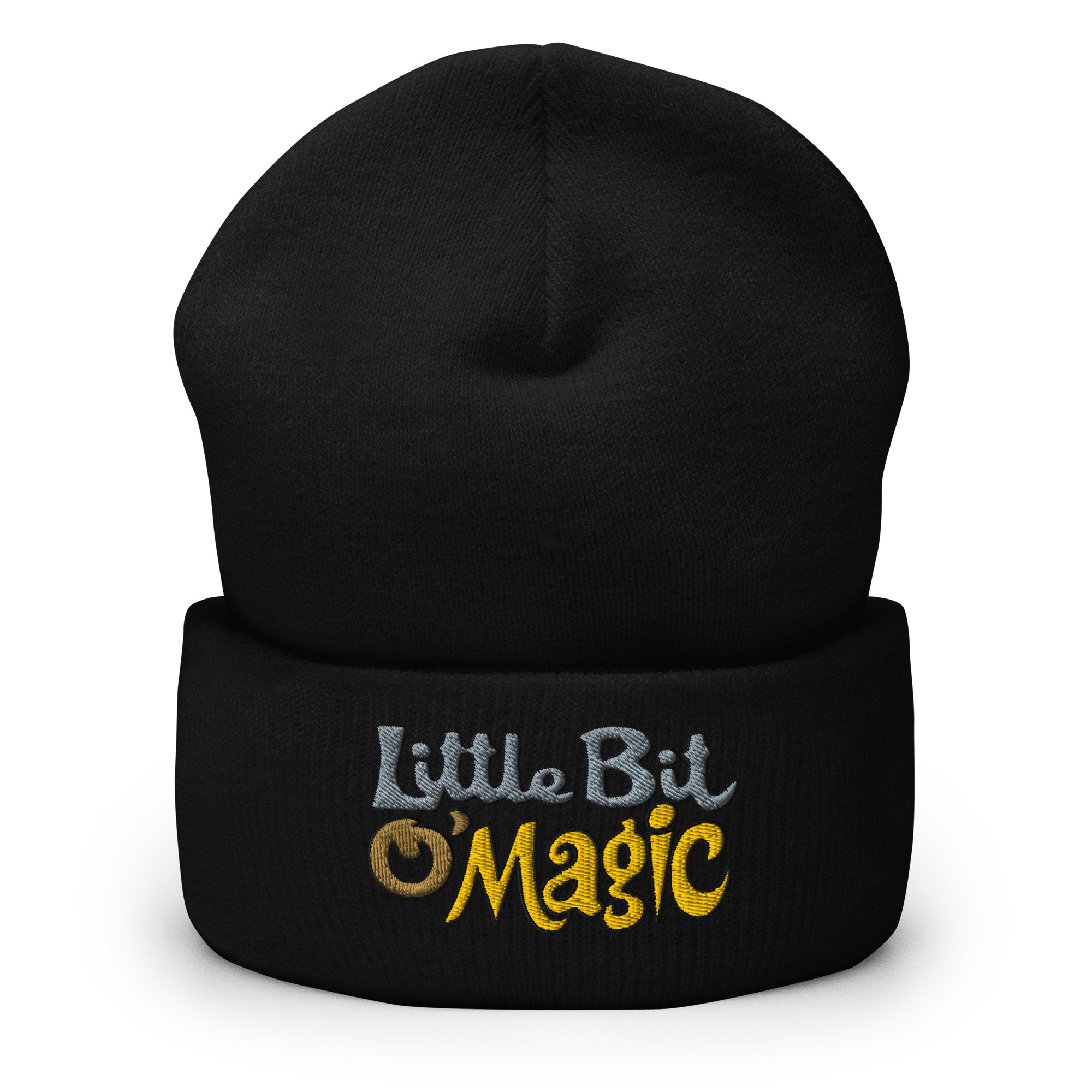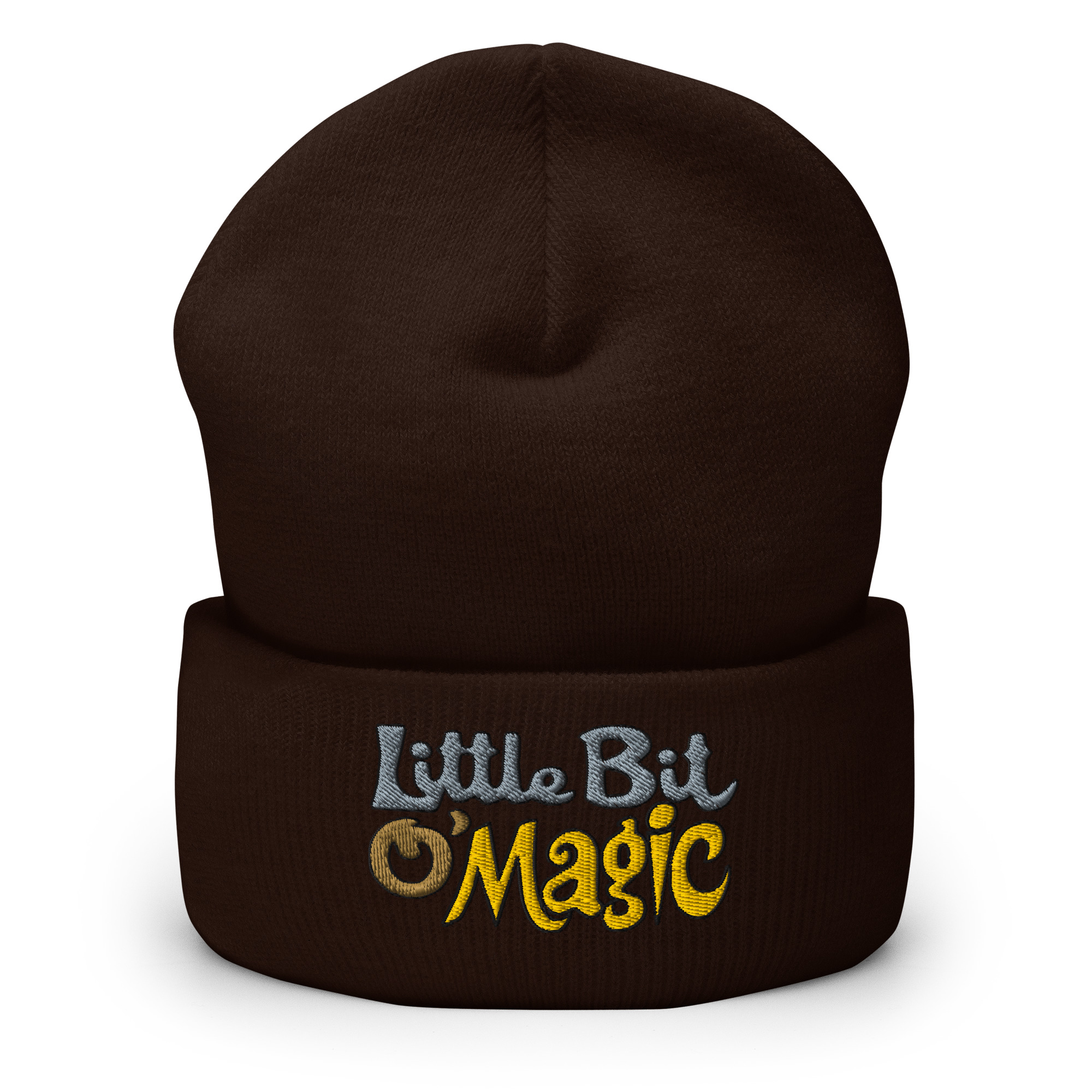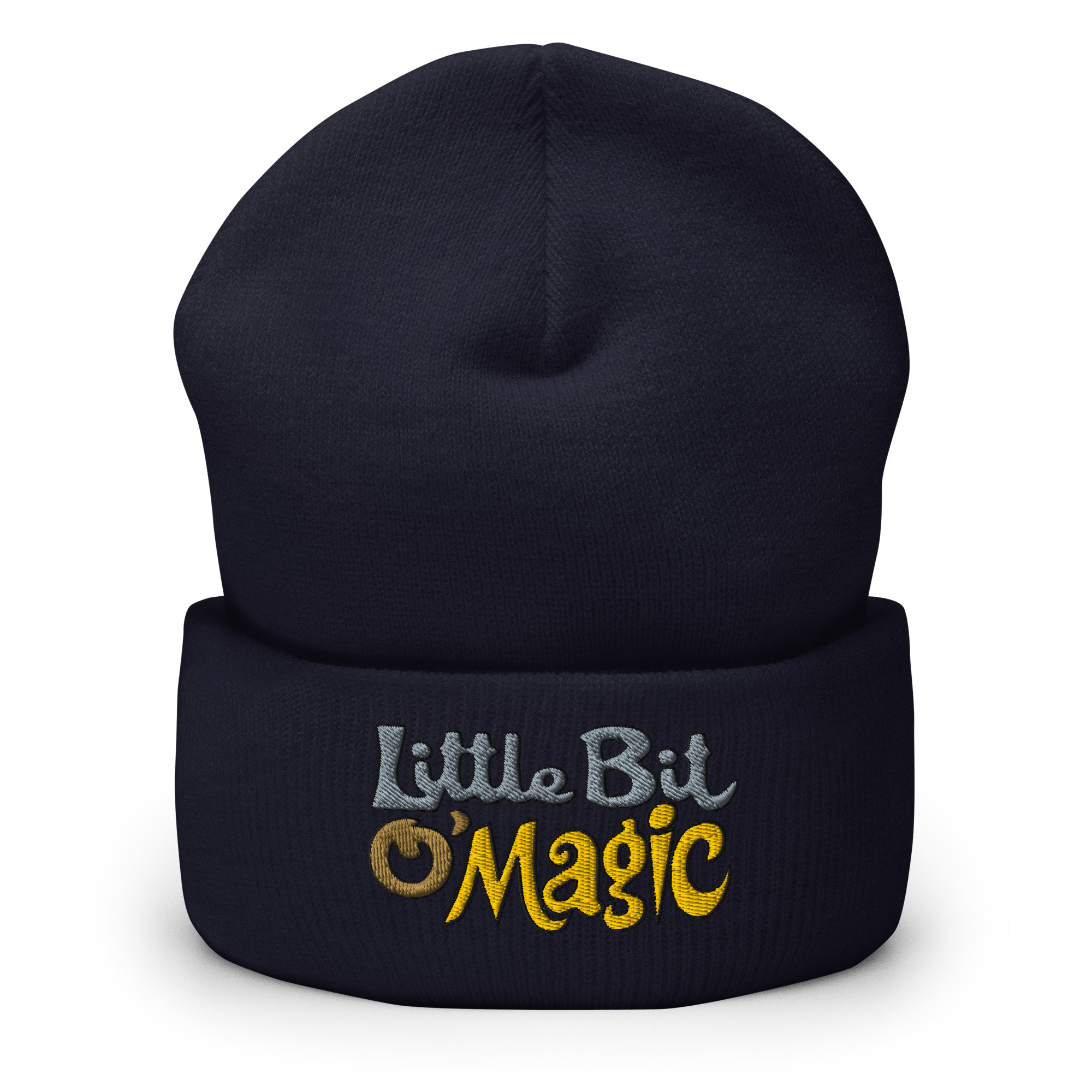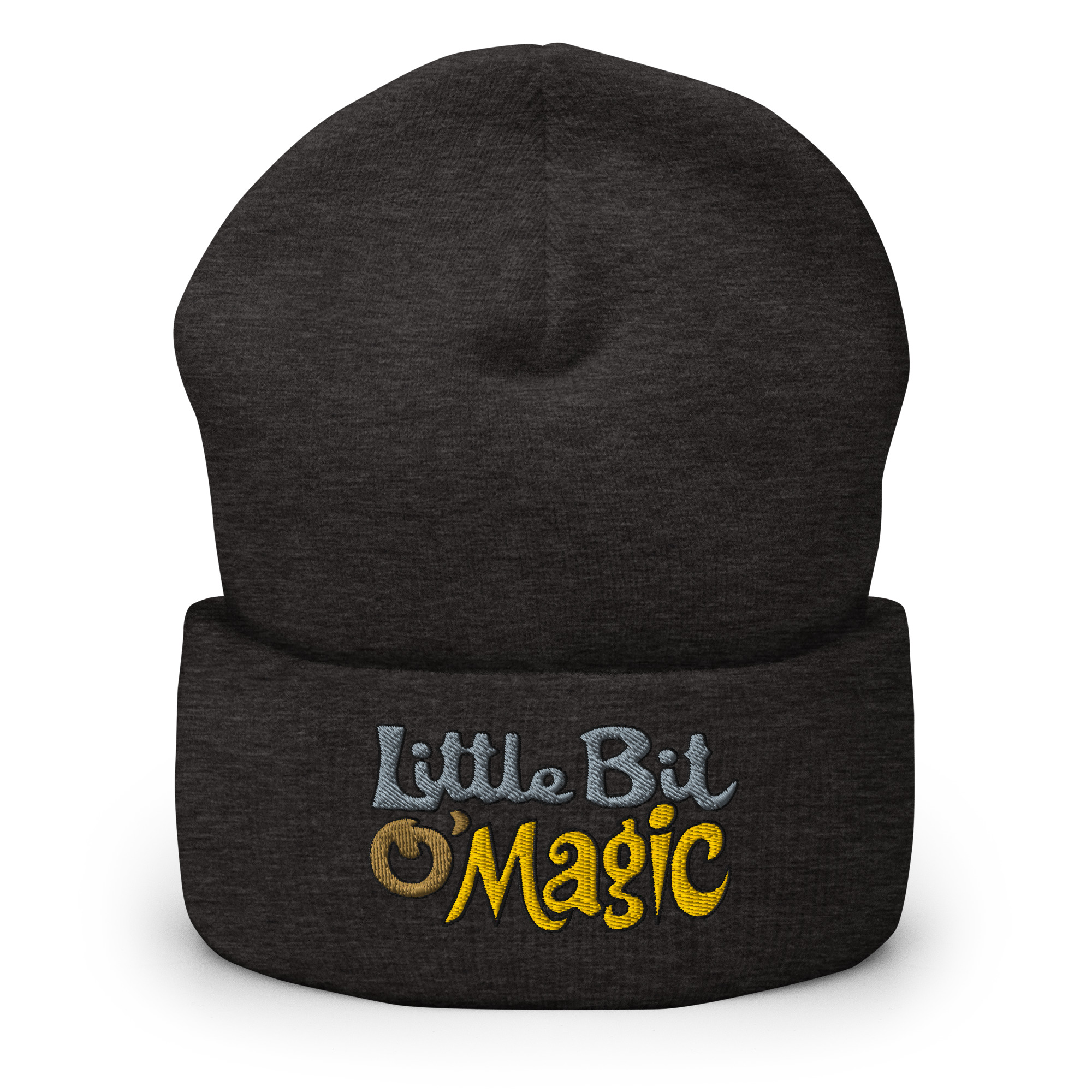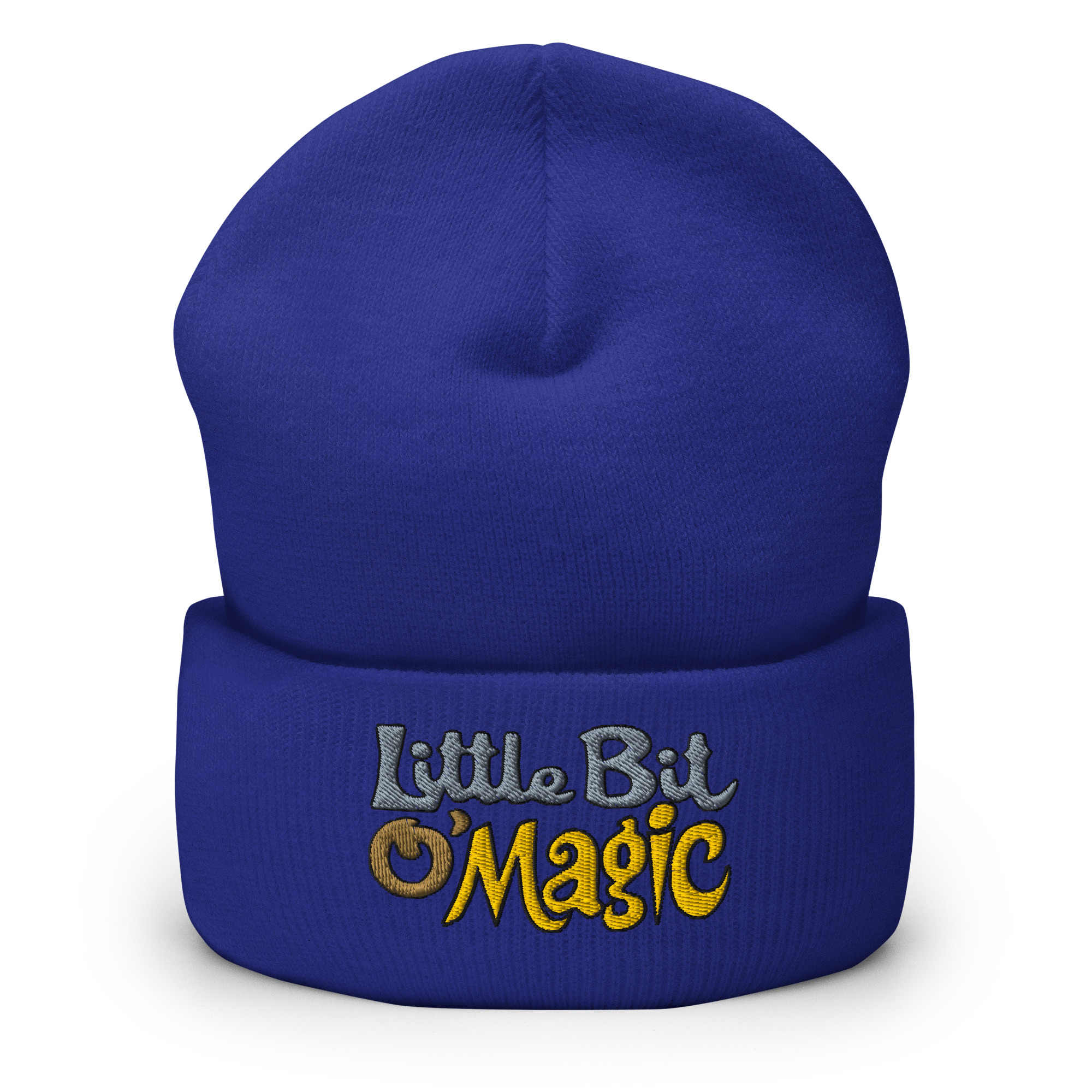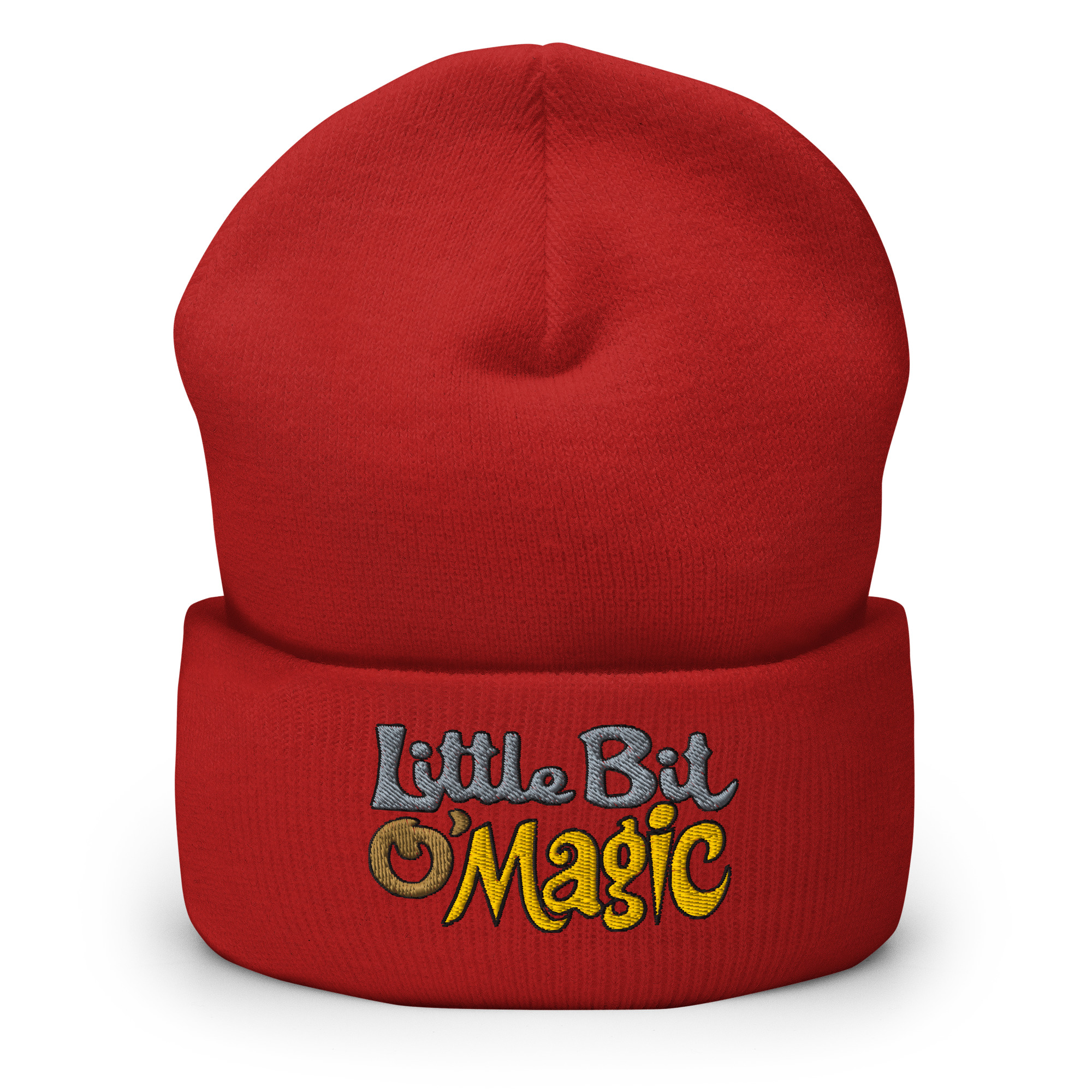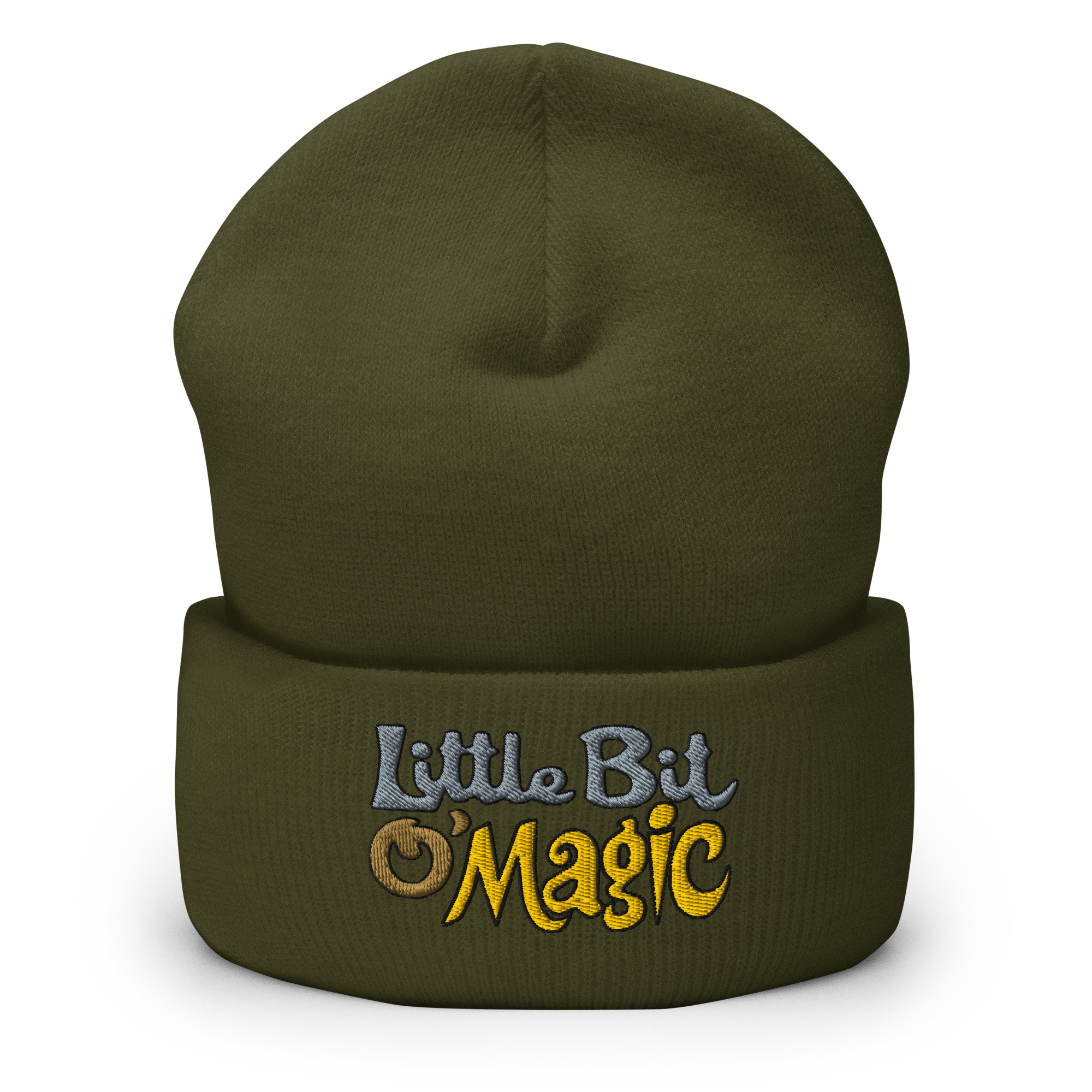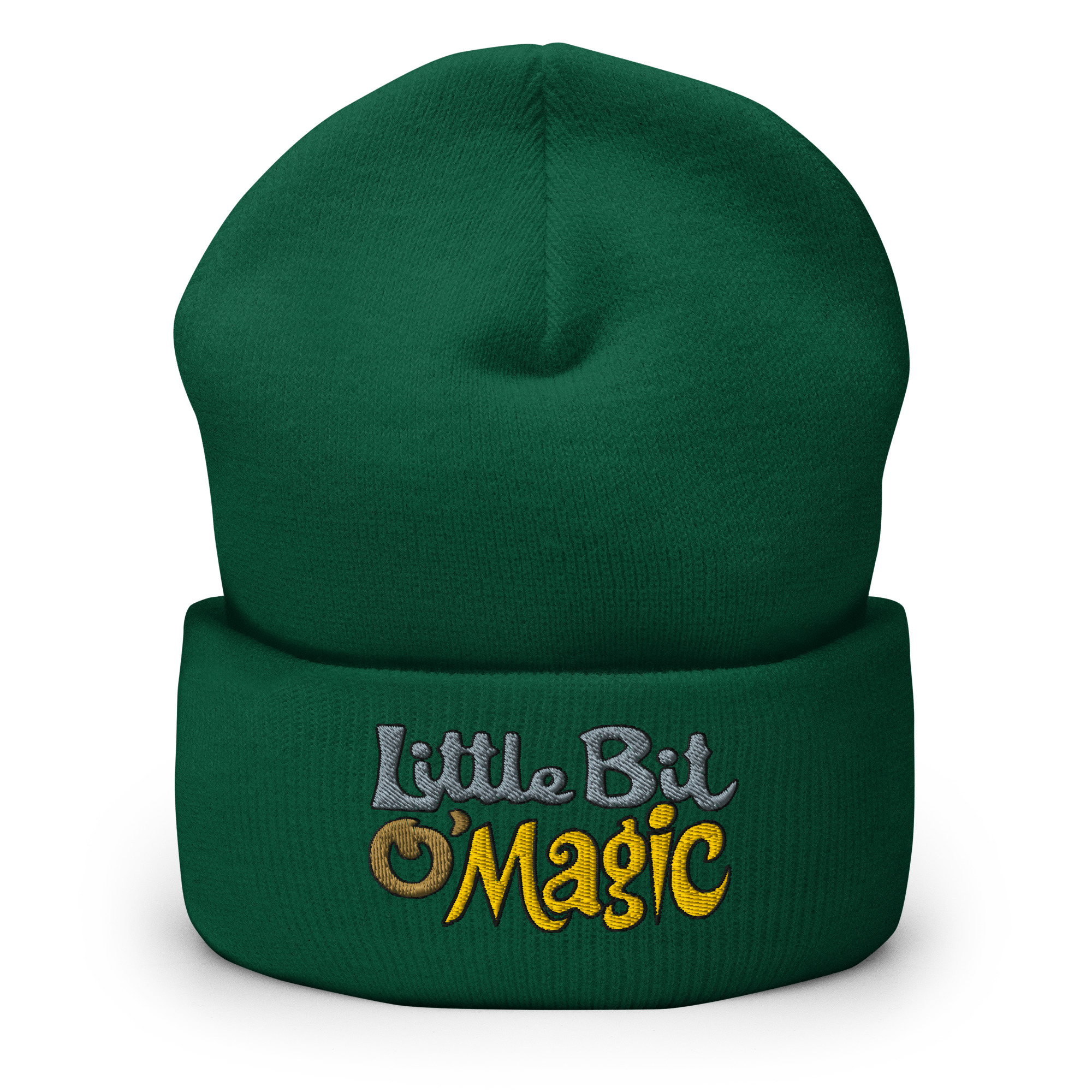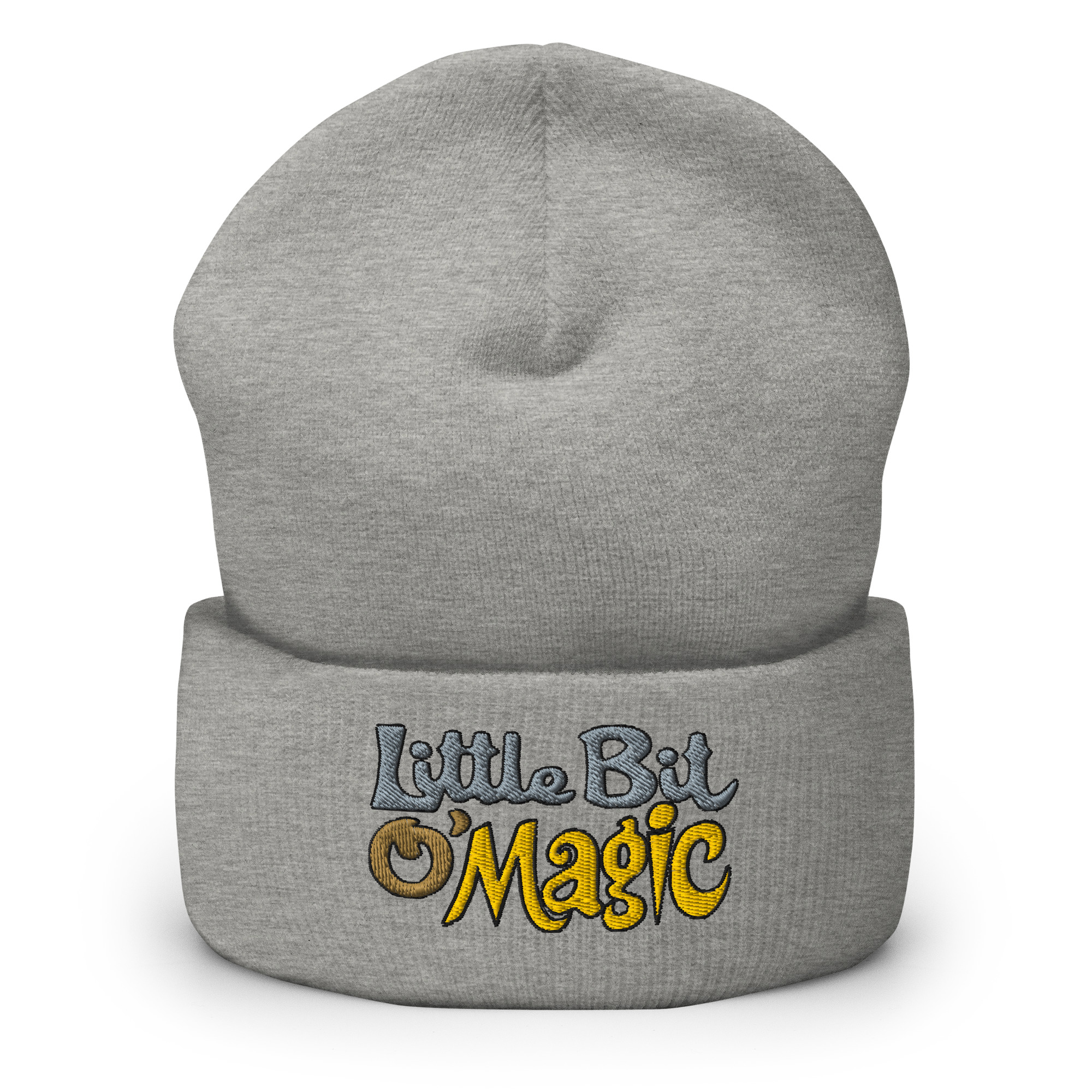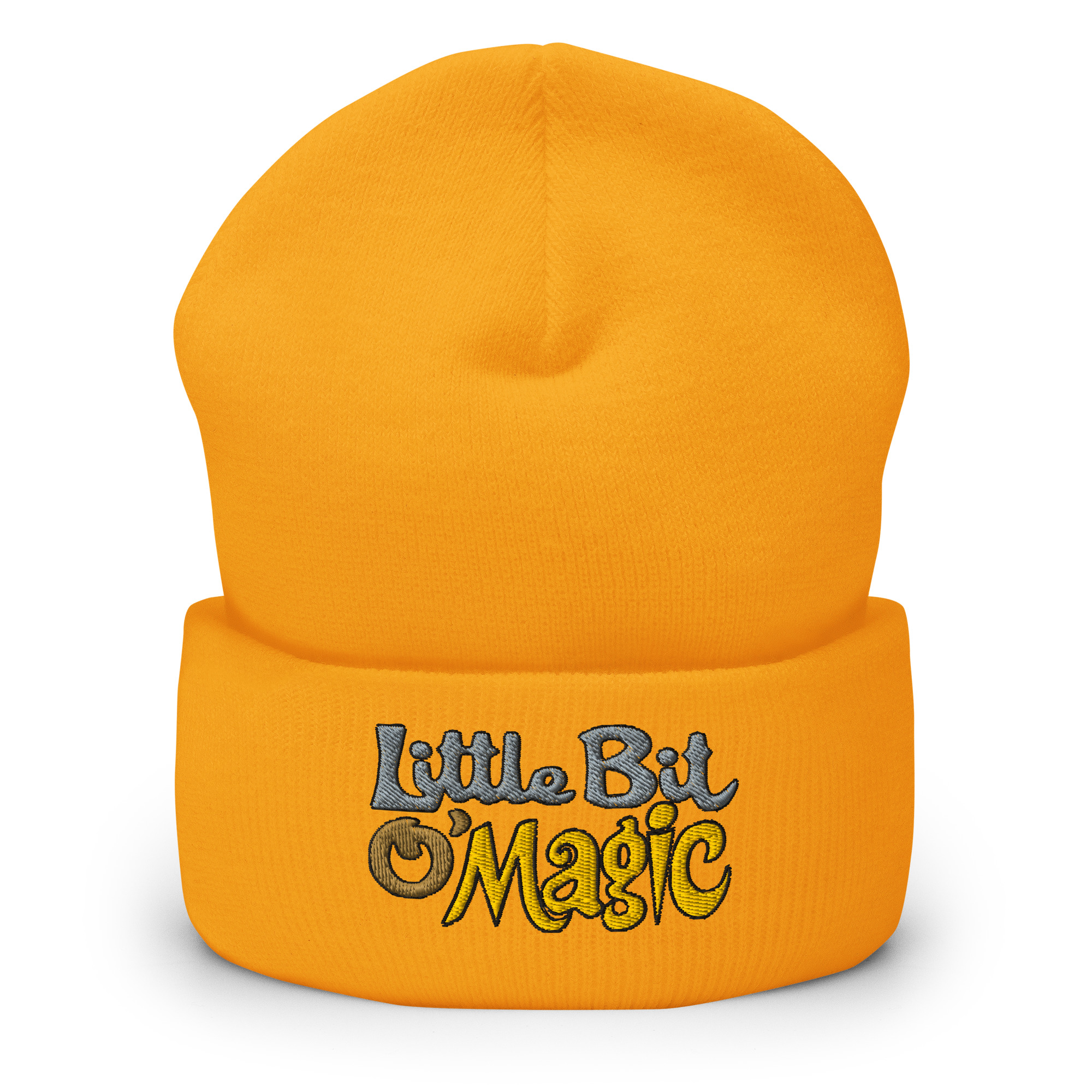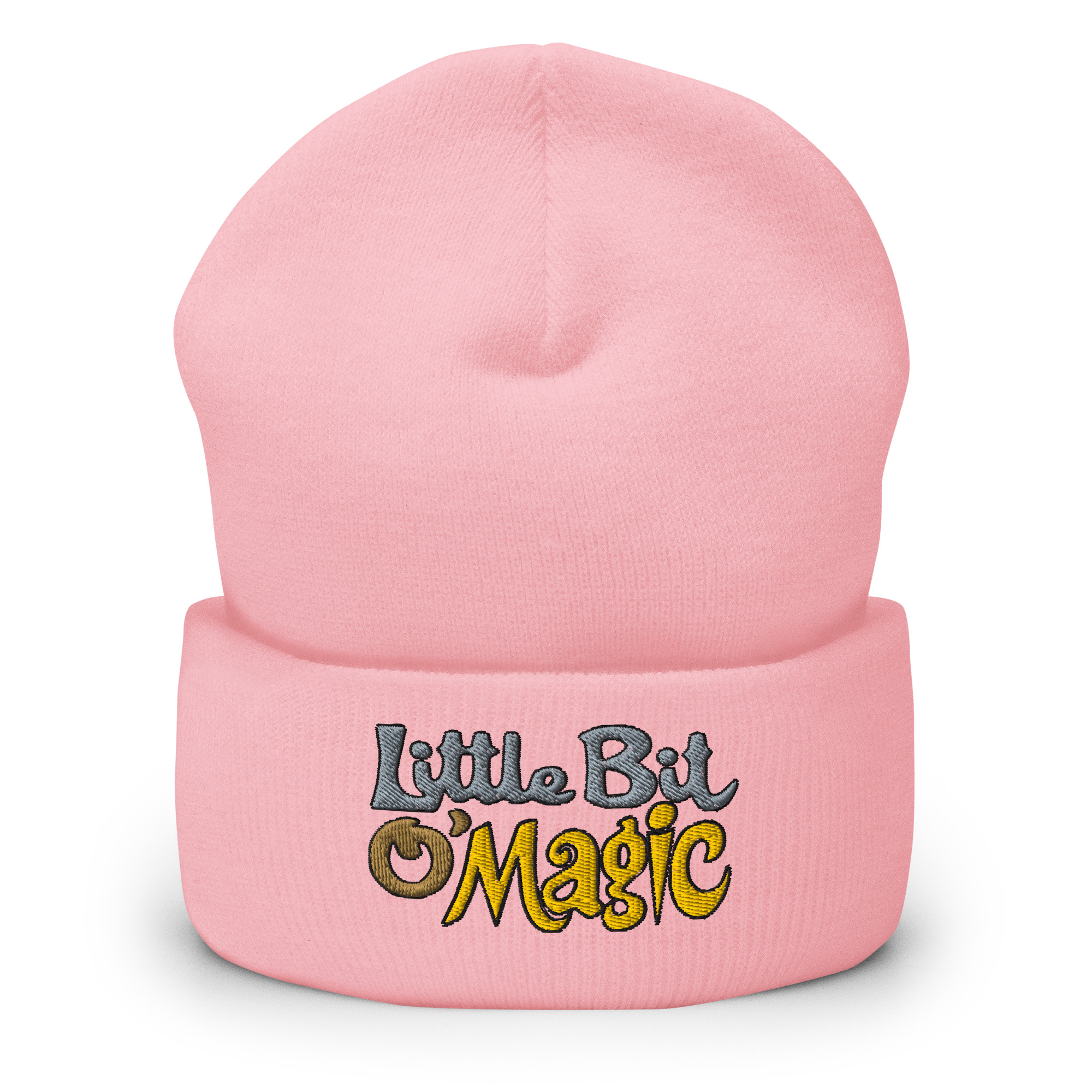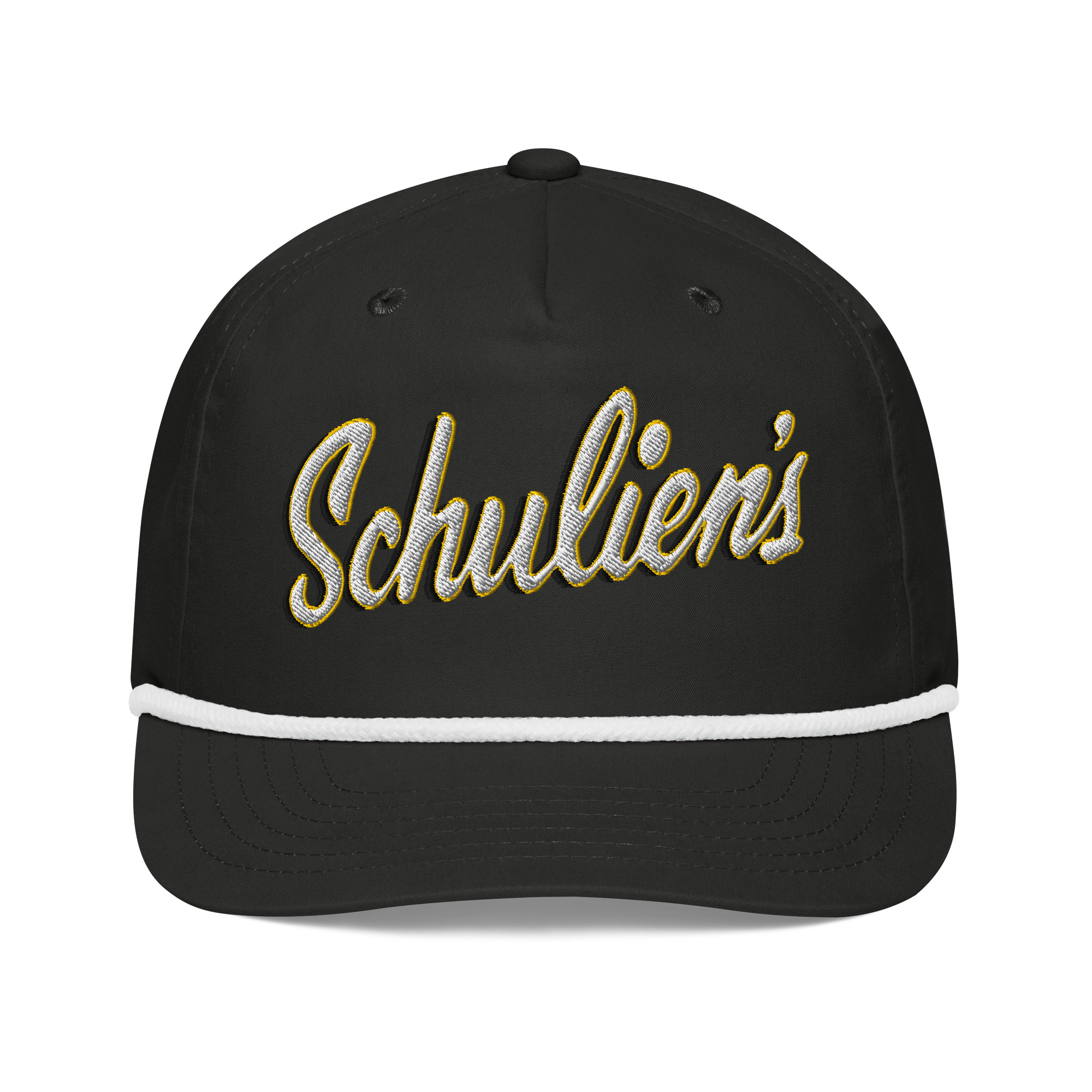Description
- ✦ 100% Turbo Acrylic
- ✦ 12″ (30 cm) in length
- ✦ Hypoallergenic
- ✦ Unisex style
- ✦ Hand washable
- ✦ Blank product sourced from Vietnam, Bangladesh or the Republic of Korea
- ✦ This product is made on demand. No minimums.
Little Bit O’ Magic: The Southwest Side’s Temple of Close-Up Wonder
Where Chicago-Style Magic Was Perfected (1975-1990s)
On Chicago’s Southwest Side, where dreams get tested against reality, Mike Rzeminski opened a restaurant in the mid-1970s that would shape American magic for the next quarter century. Little Bit O’ Magic wasn’t fancy. It wasn’t trying to be Vegas. But from roughly 1975 to the late 1990s, this unassuming joint became the proving ground where Chicago-style magic—that intimate, wise-cracking, sleight-of-hand tradition that put our city on the world magic map—was perfected one table at a time.
Mike R.’s Vision: From Magic Shop to Magic Restaurant
Mike R., as everyone called him, already ran Izzy Rizzy’s House of Tricks, a magic shop that supplied Chicago’s growing community of magicians. But he understood something fundamental about Chicago: this city doesn’t just watch entertainment, it wants to be part of it. The restaurant went through three incarnations over its roughly two-decade run. Nobody remembers the exact addresses of the first two locations—that’s how it goes with places that existed more in memory than in official records. But the third location, at 6010 S. Pulaski Road, became legendary. By then, they’d lost the original sign and just called it “Bit O’ Magic,” but everyone knew what it was: Chicago’s last great magic restaurant, carrying the torch that Matt Schulien lit back in the 1940s.
The University of Table-Hopping: 40 Tables a Night
What made Little Bit O’ Magic special wasn’t the food—nobody talks about the food. It was the nightly masterclass in what Bill Weimer calls “Chicago-style magic” in his definitive history Now You See Them, Now You Don’t. Every night, staff magicians would work 30 to 40 tables. Think about that number. Forty tables means forty different audiences, forty different moods, forty chances to bomb or kill. Rich Purpura, Bill Malone (who’d become one of the world’s most respected card magicians), Dave Meyer, Lee Ramsey, Rich Kaczmarek—these guys weren’t just performing, they were developing the intimate, psychological approach that would define modern close-up magic.
Freedom to Fail, Freedom to Innovate
Bill Weimer put it best: “It was a tremendous place to work. [The owners] gave us young guys an opportunity to hone our magic skills and the complete freedom to work on material and try new things.” That freedom was crucial. At Little Bit O’ Magic, you could try that new card control you’d been practicing, test whether that joke landed better before or after the revelation. You learned to read a table in seconds—were these people here to celebrate or commiserate? Did they want to be fooled or did they want to figure it out? This was magic with its sleeves rolled up, performed by guys who might’ve been working construction during the day.
Weekend Warriors and Birthday Party Economics
The restaurant had a split personality that perfectly captured Chicago’s working-class fancy. During weekend days, it transformed into birthday party central, with magicians like Lee Ramsey specializing in keeping kids amazed and parents sane. These afternoon shows weren’t throwaway gigs—they were where magicians learned to handle hecklers (ever try controlling a room of sugar-high eight-year-olds?). Come evening, the place shifted gears. The comedy-magic shows featured performers like Terry Veckey, who regulars described as “one of the finest magicians you will ever see.” Glenn Bishop became known not just for his skills but for mentoring the next generation. This was the ecosystem that made Chicago magic special—older pros teaching younger hustlers, everyone stealing from everyone else, all of it making the art form better.
Part of Chicago’s Golden Age of Magic
During its peak years in the ’70s and ’80s, Little Bit O’ Magic was part of a constellation of about fifteen magic venues scattered across Chicago. You had Schulien’s up north, the New York Lounge, Johnny Paul’s Magic Lounge, Houdini’s Pub and Pizza, Mr. C’s Magic Lounge. Each had its own personality, its own crowd, its own specialists. This network created what magic historians now recognize as a golden age. Chicago became to close-up magic what Nashville is to country music or Detroit to Motown. The style that developed here—intimate, humorous, technically brilliant but never showy about it—influenced magicians worldwide. When David Copperfield or Penn & Teller wanted to understand real magic, street-level magic, they came to Chicago. And places like Little Bit O’ Magic were why.
The Last Soldier Standing
By the 1990s, the writing was on the wall. Cable television gave people entertainment at home. Stand-up comedy clubs offered a hipper night out. The economics of running a restaurant with full-time magic staff stopped making sense. One by one, Chicago’s magic venues closed. The third and final location of Little Bit O’ Magic held on into the late ’90s, one of the last soldiers standing, before it too went dark. The owners who’d created these venues, who understood their value beyond the balance sheet, were aging out. Their kids didn’t want to run magic restaurants. The Southwest Side was changing too, and what worked in 1975 didn’t work in 1995.
Why This Collection Matters
Little Bit O’ Magic proved something essentially Chicago: you don’t need Vegas glamour or Broadway budgets to create magic. You just need a room, some tables, talented people willing to work, and an audience that appreciates being amazed. For over twenty years, on the Southwest Side, in three different locations that nobody can quite remember the addresses of, that formula worked perfectly.
This wasn’t trying to be historic or significant. It was just a neighborhood joint where magic happened to happen, where working magicians could make a living performing forty times a night, where Chicago families went for birthdays and anniversaries and Tuesday nights when they wanted to remember that the world could still surprise them. The restaurant trained a generation of magicians who would go on to define modern close-up magic.
“It was a tremendous place to work. They gave us young guys an opportunity to hone our magic skills and the complete freedom to work on material and try new things.”
— Bill Weimer, veteran performer and magic historian
Wear the spirit of the Southwest Side’s magic university.
From the magic shop owner who opened a restaurant to the world-class magicians who learned their craft working forty tables a night, Little Bit O’ Magic was where Chicago proved that real magic happens at eye level, not on distant stages.
Heritage Tribute Collection: This design honors the historical legacy of Little Bit O’ Magic (c. 1975-1990s) and the magicians who made the Southwest Side a proving ground for Chicago-style magic. Not affiliated with any current establishments or estates. Original artwork inspired by public domain historical records and cultural heritage. Part of Vintage Chicago’s mission to preserve the stories of Chicago’s greatest lost landmarks.


